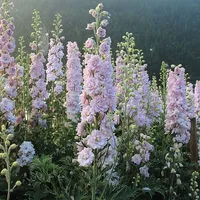How to grow delphiniums: add these showstoppers to your plot
These summer stars can be pricey plants, so learn how to grow delphiniums by sowing them from seed. Follow our helpful guide for success
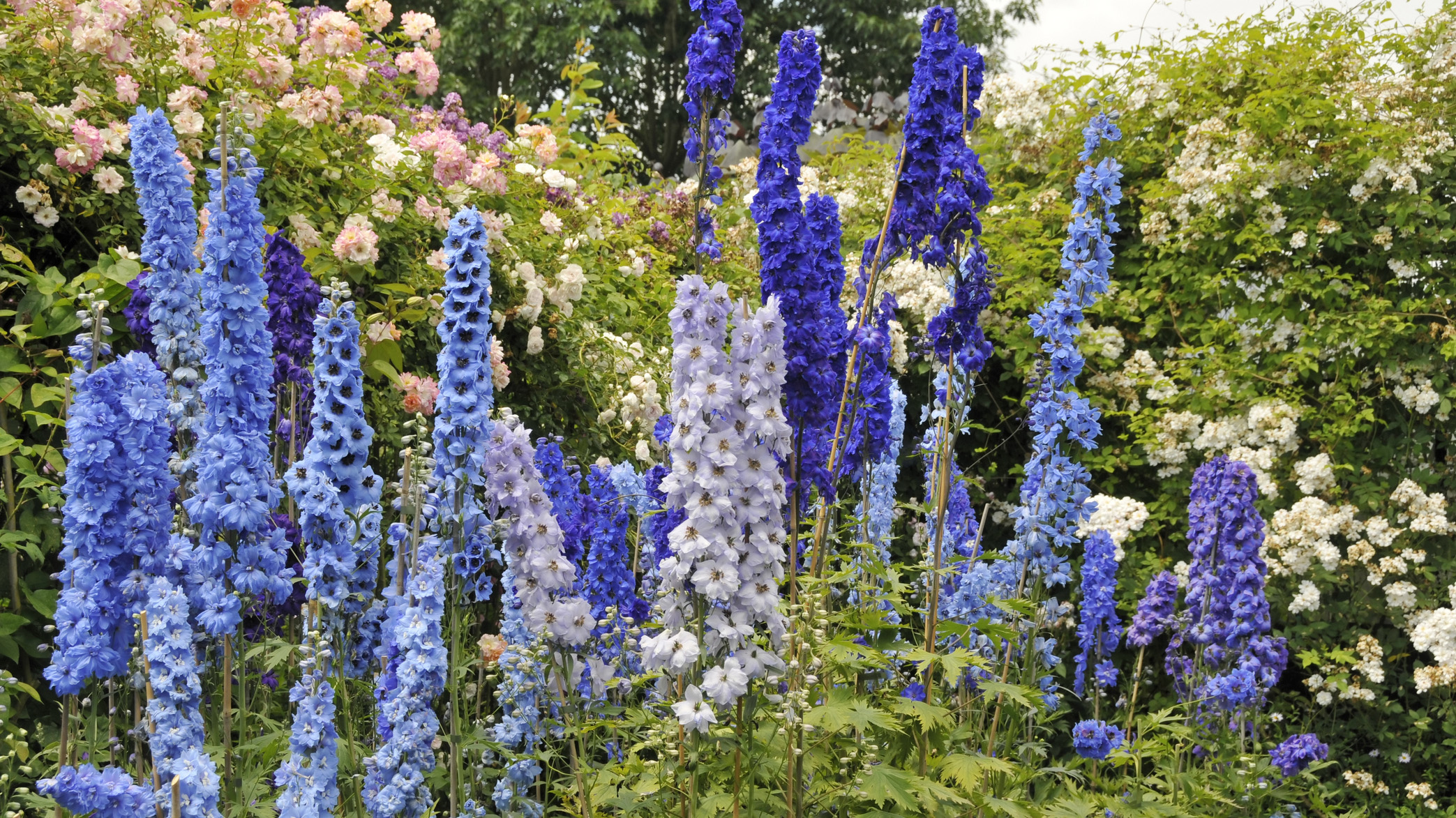

Learn how to grow delphiniums and you'll be rewarded with upright spires packed with flowers in pastel shades shades of blue, pink, white and even creamy yellow. They're tall and stately perennials ideal for a cottage garden look. They make superb back-of-the-border plants in June and can usually be coaxed into a second flush of blooms later. They also make excellent cut flowers for informal summer arrangements.
You can order pots of ready-grown varieties from April, however, it can be expensive to fill your beds this way, so a good option is to order a pack of seeds and sow them yourself in time for adding lots of stunning blooms to your flowerbed ideas.
Keep reading for our top tips on how to grow delphiniums and add these eye-catching beauties to your planting scheme.
How to grow delphiniums

Perfect for adding height and color to your cottage garden ideas, delphiniums will be the star of the show when in bloom. With delphiniums, there are four secrets to successful growing: sun, soil, support and slug treatment.
They love plenty of sunshine, but they also appreciate a fertile and well-drained soil that never dries out. Support is crucial and making a ring of canes and criss-crossing twine between them ensures that the spires stay upright.
Combating slugs is another essential – try organic Slug Clear Ultra 3, which does the job very well.
WHEN TO PLANT DELPHINIUMS
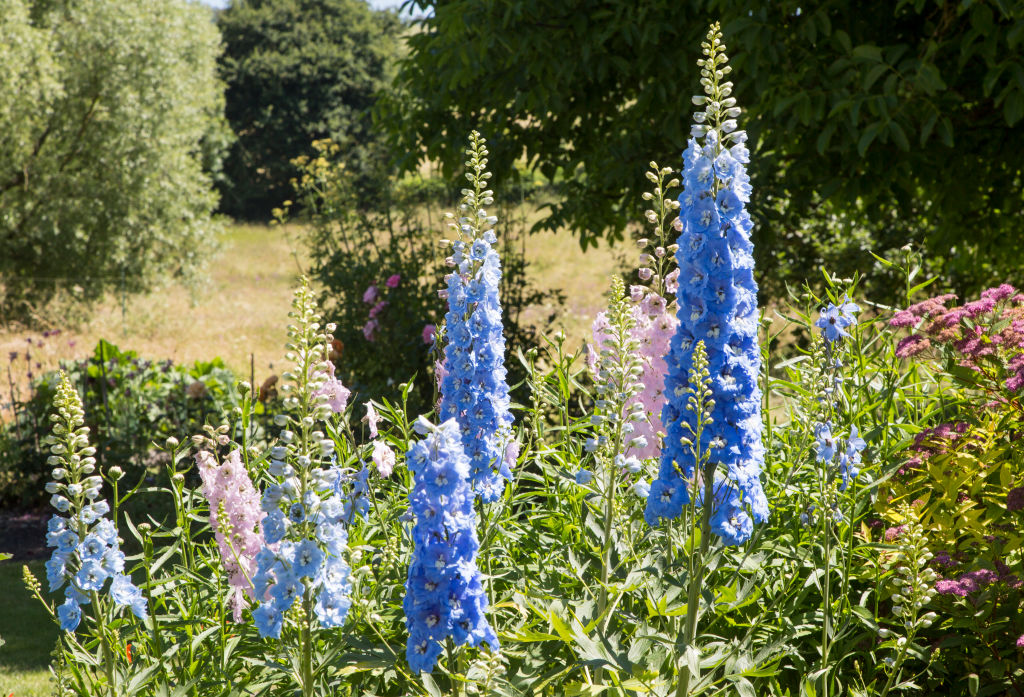
If you’d like learn how to grow delphiniums from seed, you can sow them in pots undercover any time from early spring to April (depending on the variety). Choose tried and tested varieties and sow the seed indoors at about 16˚C (60˚F). Sow on the surface of fresh seed compost and cover with black polythene.
Germination should start in 10-14 days. Remove the polythene and cover lightly with compost or vermiculite. Prick out into 7.5cm or 9cm pots and grow on before hardening off and planting out in May. You can find out how to transplant seedlings in our guide. You can also collect seeds from your existing plants later in the season for even more sowing next year.
It is also possible to sow seeds directly into the ground in May and June. It's important to note that not all delphinium varieties sown from seed will flower in the first year. So if you want instant joy, buy plants from garden centers or order online.
TYPES OF DELPHINIUMS
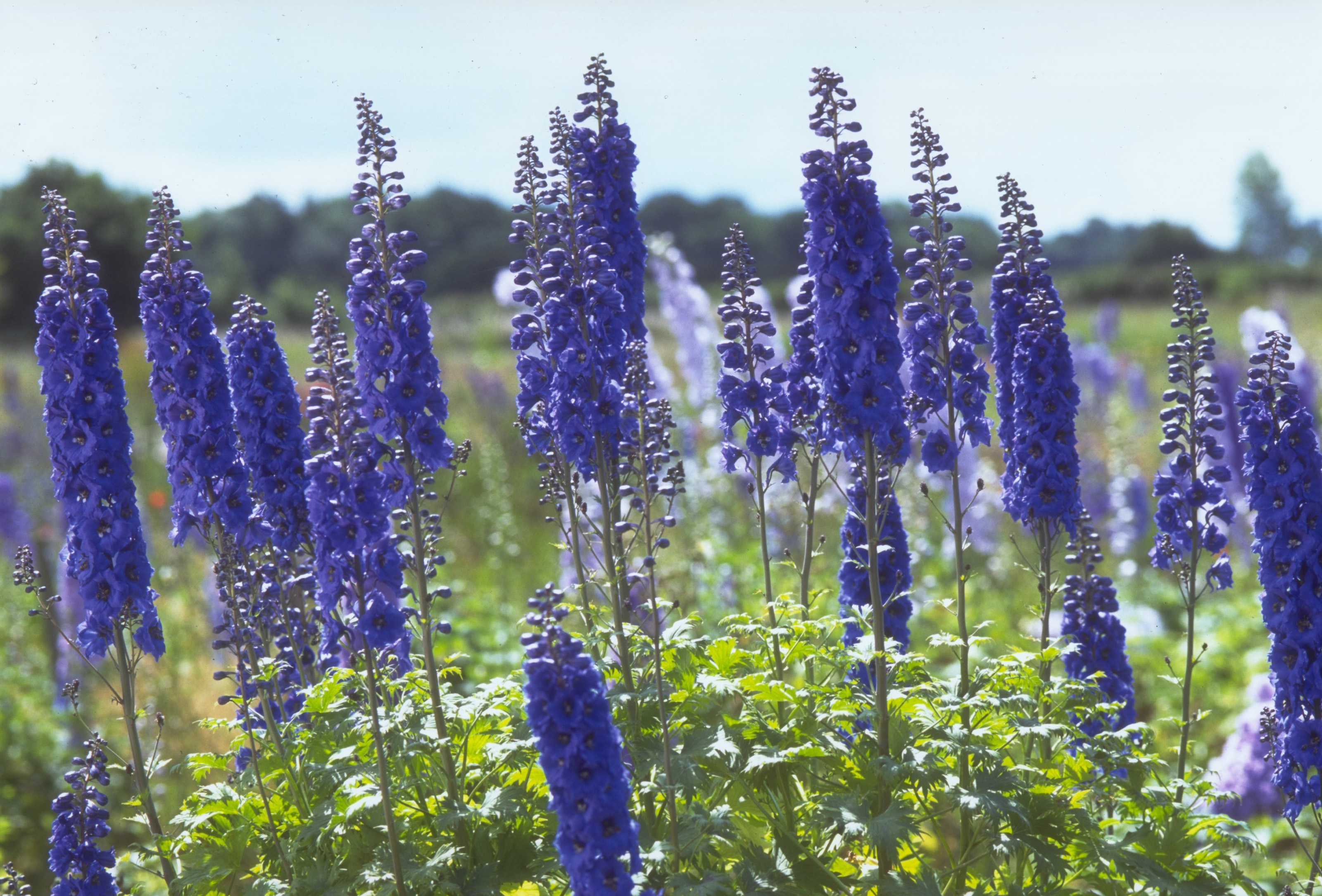
When buying delphiniums, you’ll find they will have been propagated in one of two ways: vegetatively (by cuttings or division), or grown from seed. There’s a simple trade-off involved: vegetatively propagated plants are almost always far superior, but they’re expensive and can be hard to source, whereas seed-raised plants are much cheaper and easier to find, but the quality is lower.
Almost all named cuttings-raised varieties from a specialist delphinium nursery will be better than any seed-raised varieties. The fact that they are not easy to propagate in large numbers makes them pricey, but they’re worth a splurge, especially if you choose those with the RHS Award of Gardening Merit (AGM).
WHERE AND HOW TO PLANT DELPHINIUMS

Where and how you plant your delphiniums will help you get the most out of your display. Follow these tips on how to grow delphiniums for a successful display.
- Choose a sunny site in soil that is rich but well drained.
- Improve heavy clay soils and very sandy soils by adding weed-free organic matter to your planting site.
- Delphiniums prefer lime-rich soils to acid ones; however, few gardens are too acidic.
- Plant as soon as possible, some plants may not be available until the summer.
- Water well after planting.
- Three plants of the same variety make a more impressive show when grouped together, instead of just one.
- Start protecting plants from slugs as soon as they are in the ground. Organic pellets will do the job. There's more advice on how to get rid of slugs in the garden in our guide.
HOW TO CARE FOR DELPHINIUMS
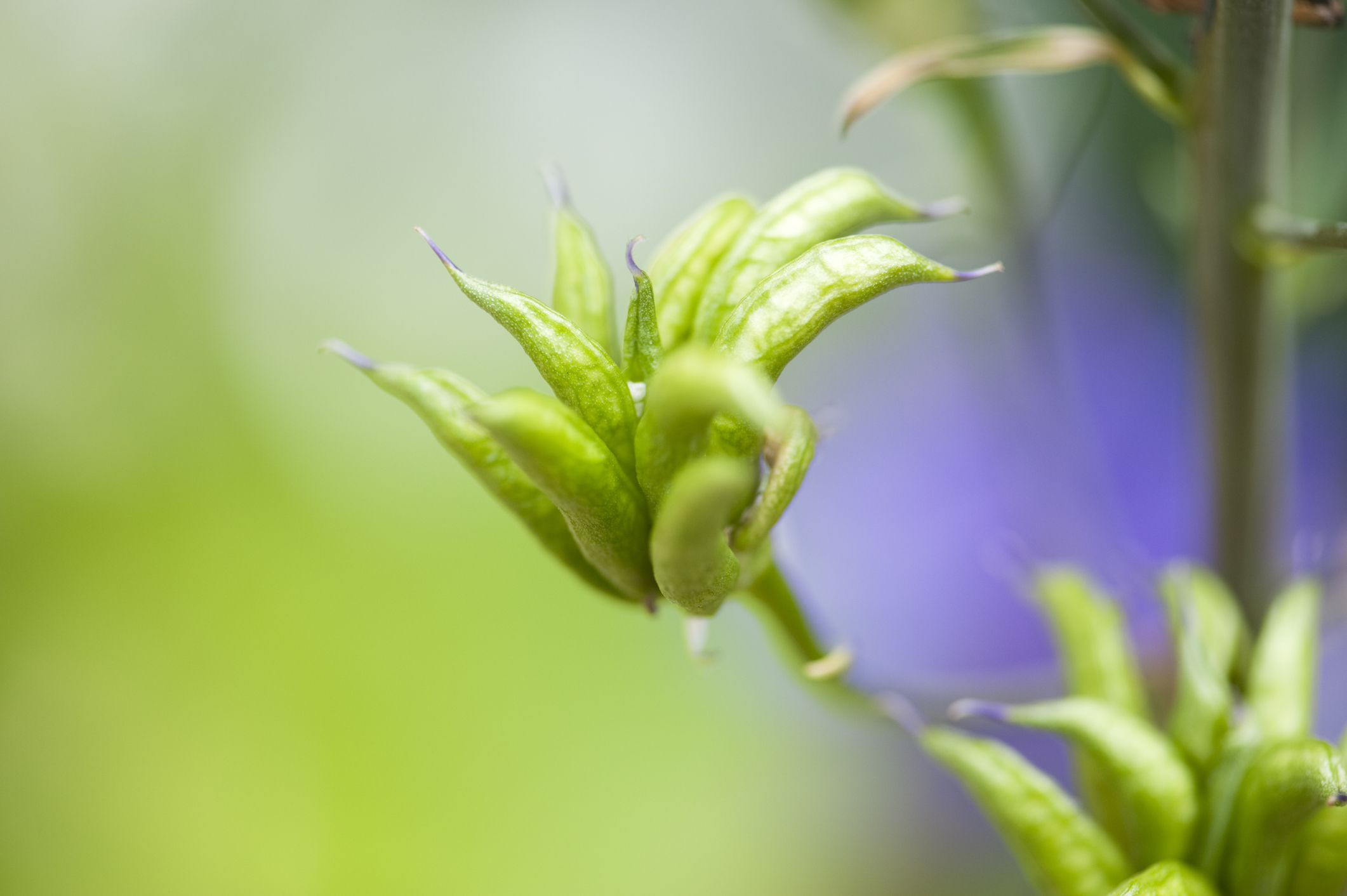
- Mulch with weed-free organic matter in spring as this will help retain soil moisture. Our guide to mulching has more advice.
- Water plants well during dry spells – a seep hose or trickle irrigation system is preferable to a sprinkler. Check out the best garden hose for the job in our guide.
- When the first spikes fade, cut them off just above the foliage to encourage a second flush.
- You can make additional plants by dividing and replanting your existing delphiniums in early spring.
PROBLEMS WITH DELPHINIUMS
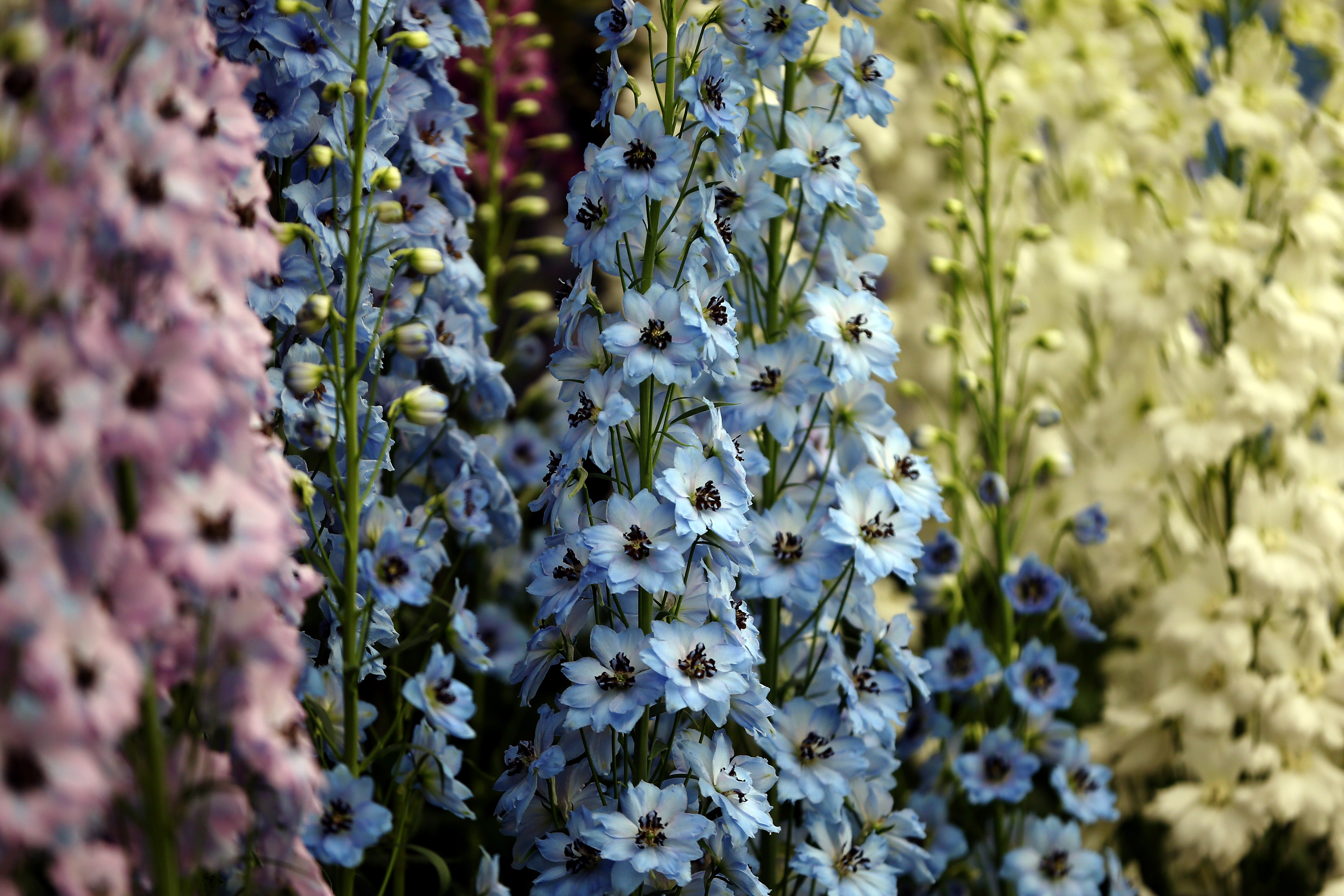
Powdery mildew can be troublesome for your delphiniums in hot, dry weather. Ensure that the soil doesn’t dry out, prune out infected shoots and use a fungicide to treat the plants if necessary.
Slugs can be a real issue so continue to protect plants until they’re growing well – they are most susceptible early in the season.
WHERE TO BUY DELPHINIUMS
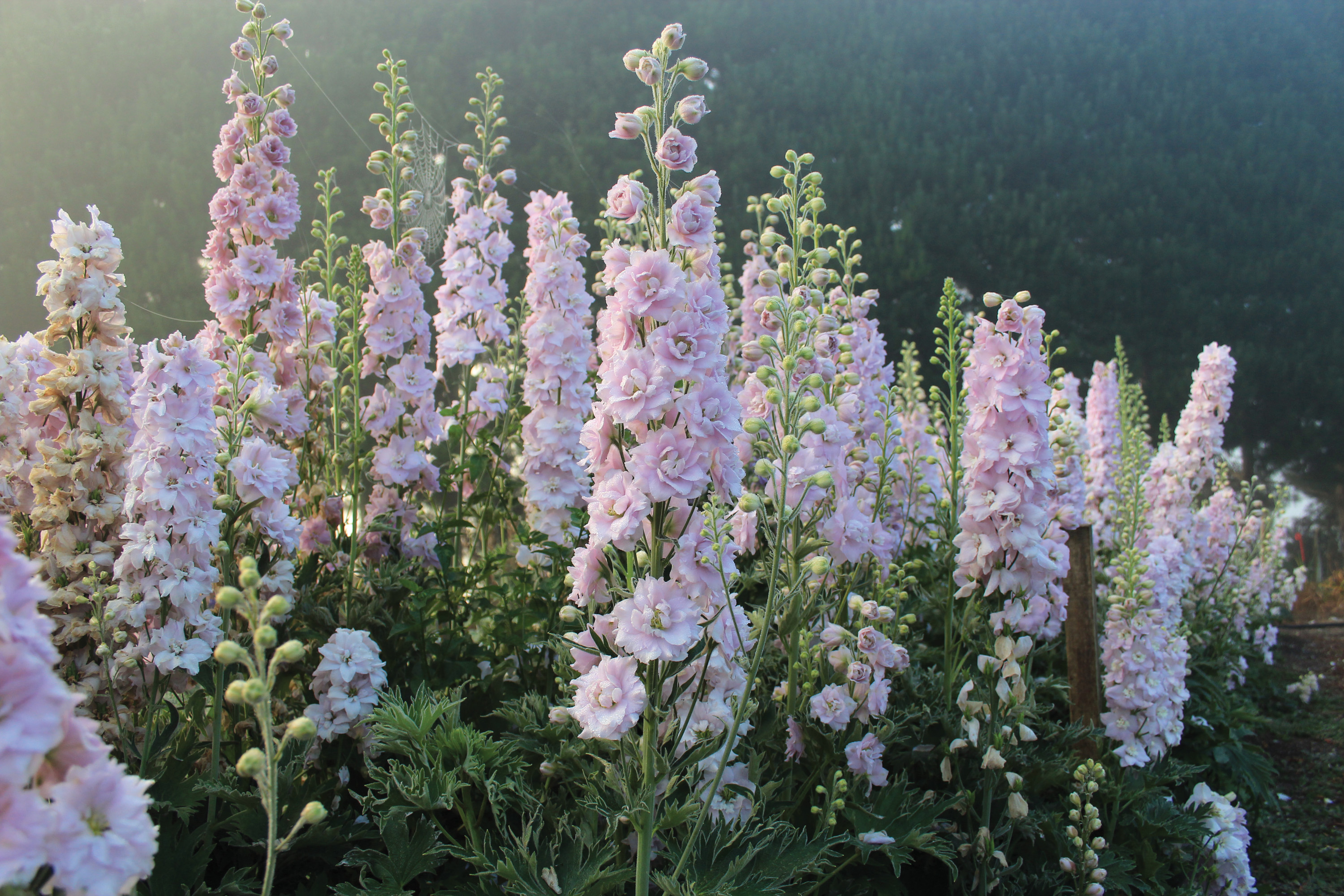
Whether you decide to sow from seed or buy ready made plants for displays next year, there are lots of reputable suppliers online. Listed below are links which will take you direct to the sellers. We've also listed our 3 favourite varieties a bit further down.
Where to buy delphiniums in the UK:
- Shop delphiniums at Amazon
- Shop delphiniums at B&Q
- Shop delphiniums at Crocus
- Shop delphiniums at Dobies
- Shop delphiniums at Suttons
- Shop delphiniums at Thompson & Morgan
- Shop delphiniums at Waitrose Garden
- Shop delphiniums at You Garden
Where to buy delphiniums in the US:
- Shop delphiniums at Amazon
- Shop delphiniums at Home Depot
- Shop delphiniums at Walmart
3 VARIETIES OF DELPHINIUMS TO TRY
Remember that it's easier than you think to learn how to grow delphiniums from seed. Remember to check seed packets and plant labels for info on specific varieties.
Delphinium 'Faust' from Waitrose Garden
Available as a 3ltr pot. The black-eyed, ultramarine-blue and indigo-purple semi-double flowers of Faust will simply wow. Probably the easiest of the cuttings-raised varieties to find in garden centres. H1.8m
Delphinium King Arthur Group from Crocus
Comes in a 9cm pot. Statuesque spires of dark-blue blooms with white centres, ideal for a cottage garden. Cut back faded stems for a second flush of flowers. Height x spread: 1.2x1m
Delphinium 'Pink Blushes' from Thompson & Morgan
The pastel pink blooms of this variety are super romantic. Order them in early spring and they'll arrive as plugs at the end of May. They'll flower from June right the way through to September.

Teresa has worked as an Editor on a number of gardening magazines for three years now. So she is lucky enough to see and write about gardening across all sizes, budgets and abilities. She recently moved into her first home and the garden is a real project! Currently she is relishing planning her own design and planting schemes. What she is most passionate about when it comes to gardening are the positive effects it has on our mental health to grow and care for plants, as well as being great for the environment too and help provide food and shelter for wildlife.


